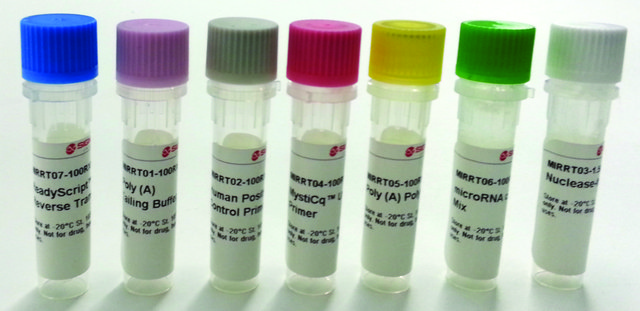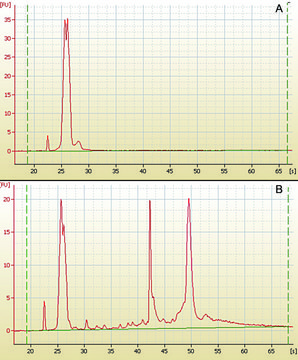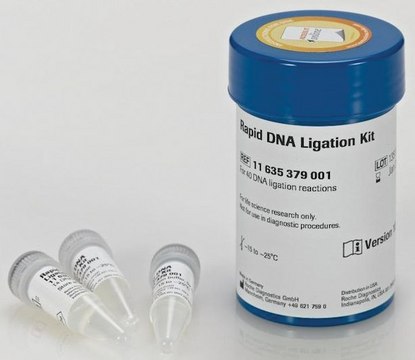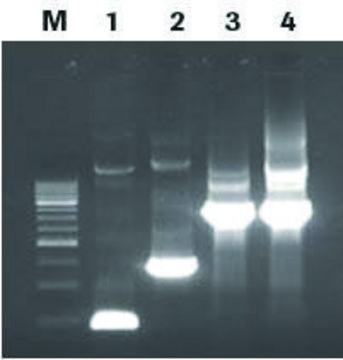HMI0372
MISSION® microRNA Mimic
hsa-miR-21*
Synonym(s):
hsa-miR-21-3p
Sign Into View Organizational & Contract Pricing
All Photos(1)
About This Item
Recommended Products
product line
MISSION®
form
solid
mature sequence
CAACACCAGUCGAUGGGCUGU
Sanger mature/minor accession no.
Sanger microRNA accession no.
storage temp.
−20°C
Gene Information
human ... hsa-miR-21*(406991)
General description
The ready-to-use MISSION miRNA mimics are small, double-stranded RNA molecules designed to mimic endogenous mature miRNA molecules when introduced into cells. miRNA are known to regulate gene expression in a variety of manners, including translational repression, mRNA cleavage and deadenylation. MISSION miRNA Mimics, a member of MISSION RNAi product family, provides miRNA researchers with a range of options from individual MISSION mimics to a full library of human miRNA mimics based on latest version of miRBase (currently hosted by the University of Manchester, previously hosted by the Sanger Institute).
- Optimized and ready for transfection.
- Novel MISSION miRNA mimic design has been functionally tested for knockdown efficiency against natural miRNA targets.
- Unique MISSION miRNA mimic design significantly reduces possible sense strand off target effects.
- Available as a whole human library and individual miRNA targets.
Other Notes
miRBase V18 Mature ID update: hsa-miR-21-3p
Legal Information
MISSION is a registered trademark of Merck KGaA, Darmstadt, Germany
Storage Class Code
11 - Combustible Solids
WGK
WGK 3
Flash Point(F)
Not applicable
Flash Point(C)
Not applicable
Regulatory Information
新产品
Choose from one of the most recent versions:
Certificates of Analysis (COA)
Lot/Batch Number
Sorry, we don't have COAs for this product available online at this time.
If you need assistance, please contact Customer Support.
Already Own This Product?
Find documentation for the products that you have recently purchased in the Document Library.
Hao-Yu Chuang et al.
Journal of clinical medicine, 8(7) (2019-07-05)
The tumor microenvironment (TME) plays a crucial role in virtually every aspect of tumorigenesis of glioblastoma multiforme (GBM). A dysfunctional TME promotes drug resistance, disease recurrence, and distant metastasis. Recent evidence indicates that exosomes released by stromal cells within the
Our team of scientists has experience in all areas of research including Life Science, Material Science, Chemical Synthesis, Chromatography, Analytical and many others.
Contact Technical Service







